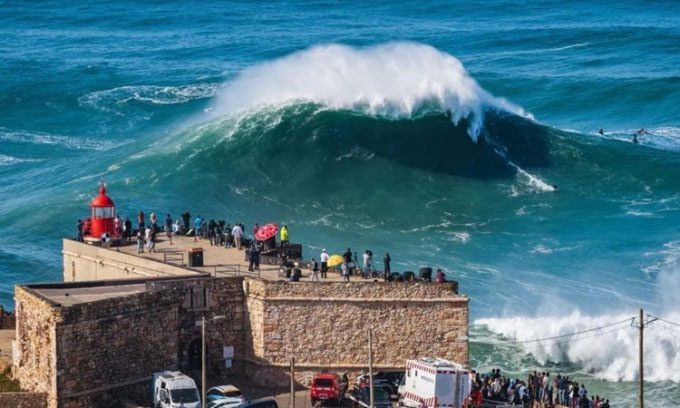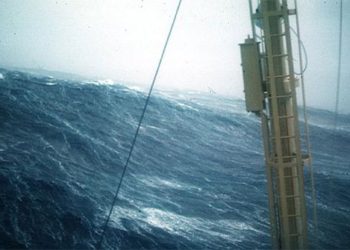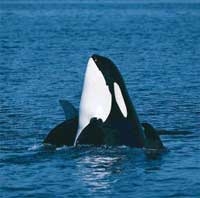Every year, the town of Nazaré experiences a season of massive waves that can rise up to 30 meters high.
Nazaré is a renowned hotspot for monster waves along the coast of Portugal. Each year, from October to March, big wave surfers flock to this small fishing town when the waves reach their peak size. During this time, the sea often swells to heights comparable to a five-story building, and sometimes even double that, according to Live Science.

The town of Nazaré becomes a hotspot for big waves. (Photo: R.M. Nunes).
Due to its gigantic waves, Nazaré is a destination for record-breaking surfers. In April 2024, German surfer Sebastian Steudtner set a new world record for the highest wave ever ridden, conquering a wave measuring 28.57 meters. This record is yet to be officially recognized, but if confirmed, Steudtner will surpass his own existing world record of 26.21 meters, established in 2020. The previous world records of 24.4 meters and 23.8 meters also occurred in Nazaré in 2017 and 2011, respectively.
In October 2010, 18-year-old Portuguese surfer António Laureano rode a wave in Nazaré that researchers later estimated to be as high as 30.9 meters. However, the World Surf League has never recognized this result due to the methods used by scientists to calculate the wave’s height.
The impressive wave size in Nazaré is due to their formation within the Nazaré Canyon, the largest underwater canyon in Europe, which is 210 kilometers long and 4.8 kilometers deep off the southwestern coast of Nazaré in the Atlantic Ocean. Water within the canyon moves faster than water in shallower areas, creating waves at great depths that curve towards Nazaré, according to NASA’s Earth Observatory. As these waves approach the coastline, they interact with swells coming from the northwest. This collision results in the formation of oversized waves.
Nazaré frequently experiences large waves, but it is not the location where the largest wave ever recorded occurred. That title belongs to Lituya Bay in Alaska, which generated a wave 524 meters high after an earthquake triggered a landslide, sending rock and debris straight into the bay in July 1958. This wave claimed the lives of five people and flattened trees on the surrounding slopes.
While the Nazaré Canyon helps explain why these gigantic waves occur along the Portuguese coast, massive waves can also occur suddenly at sea. Rogue waves are at least twice the height of the surrounding sea. They differ from tsunamis in that they are not caused by the displacement of water due to earthquakes, landslides, or volcanic eruptions. Instead, researchers believe rogue waves are generated from smaller waves merging into larger waves, either due to strong winds at sea or changes in ocean currents caused by storms.





















































